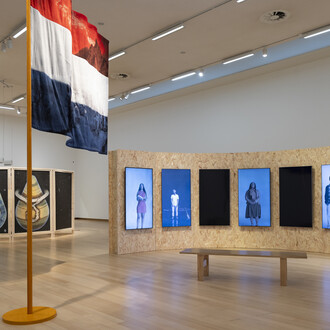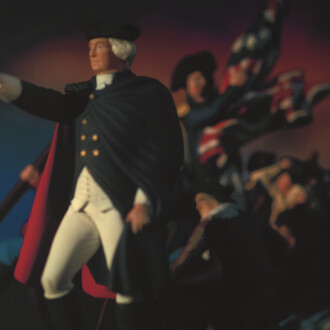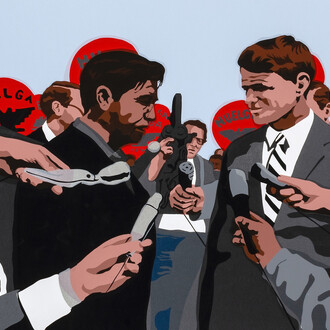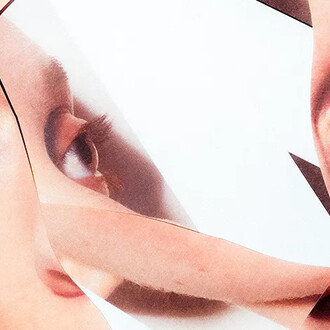The solo show is conceived as a diptych and will occupy the upper galleries of the Stedelijk. Part one is on view from November 27 to January 29, and the second chapter opens on February 18, 2017. Both presentations revolve around Wolfson’s spectacular animatronic creations: robotic human figures, seductive yet repulsive, which interact with the viewer using motion sensor technology. The exhibition also includes video works and digital paintings. This is Wolfson’s first solo presentation in the Netherlands, and is set to open during Amsterdam Art Weekend.
The exhibition begins with Colored sculpture (2016), Wolfson’s latest animatronic artwork, which is based on the legacy of American pop culture. Wolfson’s work strips back the glossy veneer of the American dream to expose the darker side lurking beneath. The robot’s red hair and freckles recall pop cult characters like Huckleberry Finn, Howdy Doody, and Alfred E. Neuman, the Mad magazine mascot. The boy’s movements are controlled by a computer program as he dangles from heavy chains attached to a steel gantry. The figure floats effortlessly through the space before being thrown bodily to the floor. From time to time, the boy attempts to establish contact with the viewer, but he can never break free from the software which subjects him to torments that viewers experience on an almost visceral level.
The relentless physicality of the gallery-scale installation suffuses the work with a sense of violence and unpredictability. With his sculptures, Wolfson merges the boundaries between abstraction and figuration, challenging the formal and narrative potency of the sculptural discipline.
Colored sculpture is presented alongside a selection of video works and digital paintings. One of the highlights is the video Raspberry poser (2012), which features a world populated by a medley of Disney-like cartoon characters, mutating red blood cells, a peripatetic condom, images from art history, and a punk, played by the artist himself. A blaring soundtrack of pop hits, from Beyoncé to Roy Orbison, melds the images into a cohesive, disturbing narrative.
The solo show also features Wolfson’s wall mounted digital paintings. These pristinely painted montages containing a hint of Pop Art offer a strident pairing of words and images borrowed from wildly divergent origins. Several of the captions echo the texts found on bumper stickers: horizontal bands printed with punchy, witty, religious, or political messages attached to the rear bumpers of American automobiles.
Centerpiece of the exhibition’s second part is Wolfson’s first animatronic creation, the thought-provoking Female figure (2014). This computer-controlled, hyper-sexualized blonde robotic woman flaunts the kind of outfit ordinarily worn by pop stars in music videos: a see-through miniskirt, high-heeled thigh-high boots, and long gloves. A device loaded with motion tracking software, concealed beneath a green, bird-like mask, enables her to lock eyes with viewers. While the woman speaks to her audience—accompanied by a soundtrack of pop music—she gyrates before the mirror, alluring yet repugnant, in an endless ballet of watching and being watched.
















